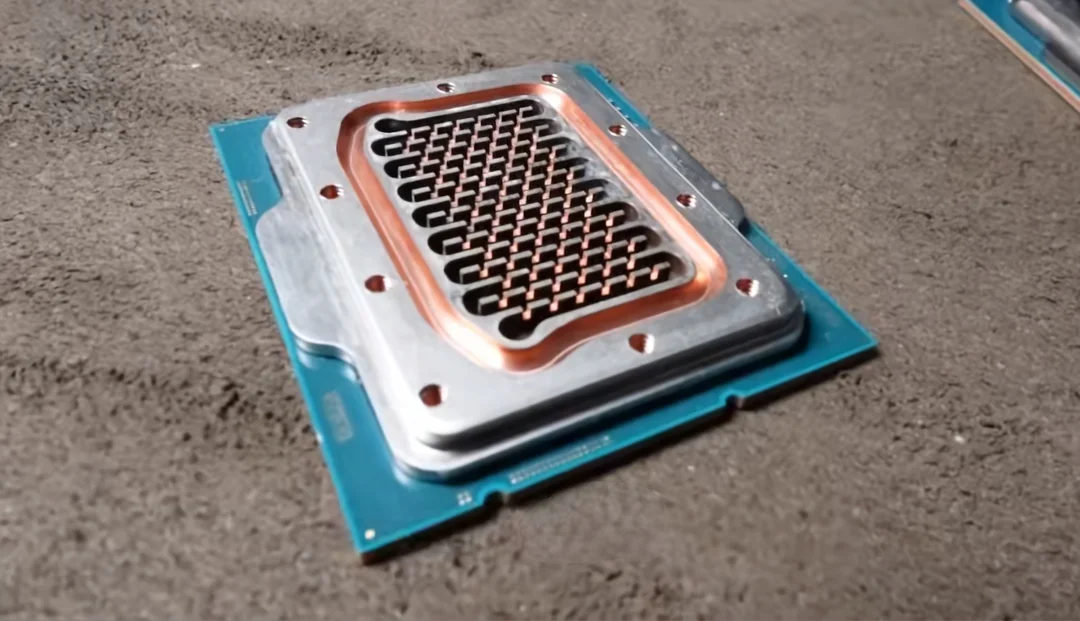
DIY Water Cooling: Modder Transforms Intel CPU IHS into Functional Waterblock Using Plastic Bucket!
Gamers and PC enthusiasts are always pushing the boundaries of hardware modification. But one modder has taken DIY cooling to a whole new level. Instead of buying a dedicated water block, they've managed to create a functional CPU waterblock by carving channels directly into the CPU's Integrated Heat Spreader (IHS), and using... a plastic bucket as the coolant reservoir!
The innovative project, highlighted by UNIKO's Hardware and originally showcased in a YouTube video by ocutppus, involves using a CNC machine to carve intricate channels into the IHS of an Intel Core i9-14900KS processor. This approach drastically reduces the distance between the CPU die and the coolant, potentially improving thermal performance. But how well does it really work?

The modder, known as ocutppus, then connected water pipes to the modified IHS. Instead of a traditional reservoir, a simple plastic bucket was used to regulate the coolant temperature. Coolant was manually discharged into a separate bottle after a period of use.
Testing this unique cooling solution on a power-hungry Core i9-14900KS processor revealed some interesting thermal characteristics. While idling and under light loads (around 60W), the custom IHS cold plate actually performed better than a conventional liquid cooler. However, as the pump speed was reduced, temperatures spiked dramatically, exceeding those of the standard cooler. This is likely due to the smaller surface area and less optimized design compared to traditional water blocks.

Tom's Hardware notes that while the direct-die approach shortens the distance to the coolant, the compromised surface area leads to rapid temperature increases when coolant flow is restricted. OC3D also points out the potential for corrosion due to the removal of the protective surface during the CNC machining process.
While this extreme DIY approach may not be practical for the average user, it serves as a testament to the ingenuity and resourcefulness of the PC modding community. It highlights potential benefits--and drawbacks--of direct-die cooling solutions. It also raises questions about future iterations of this mod; a follow-up with a more refined design and thorough examination would be fascinating.
What do you think about this extreme DIY cooling solution? Would you ever consider modifying your CPU IHS in this way? Share your thoughts and opinions in the comments below!